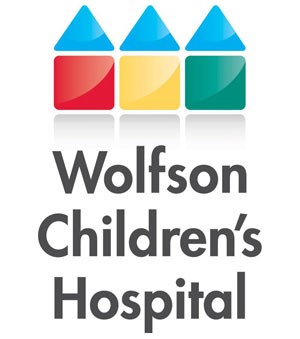A week from now, I will be midway on my flight to Mongolia. The excitement and anxiety has been increasing daily over the summer. Some of the anxiety is concrete and easily understood. After watching Andrew Zimmer, Bizarre Foods-Mongolia and not being a fan of sheep eyeballs or entrails, nor fermented mare’s milk, I was afraid either I would starve or insult host families by not following their cultural protocol. Then Dr Gayle warned me of the infamous Mongolian Death Worm. However, I have now been reassured that the Death Worm is just a myth and that if I get really hungry, that there is a Kentucky Fried Chicken nearby in Ulaanbaatar.

Ulanbaataar, capital of Mongolia
Most of my anxiety was more complicated. When Dr. Sandler invited me to be a member of this team a year ago, my first thought was “ how can I, as a child neurologist, help the children of Mongolia? I have always been envious of my surgical colleagues who can travel to impoverished countries to fix cleft lips or repair malformed hearts. Most of what a child neurologist does is order tests , prescribe anti-seizure medications and reassure children and families. I knew that I could not take a case of anti-seizure medications nor pack away an EEG machine. Over the past months, I have communicated with other neurologists who have gone to Mongolia, exchanged e-mails with Mongolian pediatricians and neurologists, and reviewed data from the World Health Organization, and now realize that the greatest gift I can give to them is my knowledge of child neurology and in particular that of epilepsy.
Epilepsy is the most common neurological disorder worldwide, affecting over 50 million people. It affects people of all ages, social classes, races and nationalities, with most cases beginning in childhood. 90% of these cases occur in developing countries, with limited medical and financial resources. It imposes enormous physical, psychological, social and economic burden on individuals, families and communities.
In the US there are over 20 anti-epileptic drugs, various devices and surgical options we can use to treat epilepsy. There is a MRI scanner in every other shopping center in the city of Jacksonville. In Mongolia there are only 4 anti-seizure medications routinely available and only 1 MRI scanner. In America, epilepsy is considered a neurological disorder requiring many years of medications. In Mongolia, epilepsy is considered a psychiatric disease, with all of the associated fear and stigma of psychiatric illnesses. The poverty and distances families must travel leads to inadequate and inappropriate therapy.
We know that up 70% of patients with epilepsy can lead a normal life if their seizures are properly diagnosed and treated. Most patients can be accurately diagnosed by history alone, without expensive technology. Most epilepsy can be adequately controlled with inexpensive and commonly available medications, if properly dosed and maintained. My goals during this trip are to educate Mongolian physicians on what epilepsy is and is not and to teach them how best to use their currently available medications.
Three years ago, I had the opportunity to care for Jonathan Soud. He was a kind, thoughtful and precocious young man. I am thankful for this opportunity to reach out to the people of Mongolia and share my knowledge and honor the memory of Jonathan.
-Harry Abram





Terry Humphrey
/ August 21, 2013Dr. A I am sure your knowledge in the field of epilepsy will aid the physicians of Mongolia in the care and treatment of their culture more then you can ever imagine. My the team be blessed as they extend the healing hands of Christ.